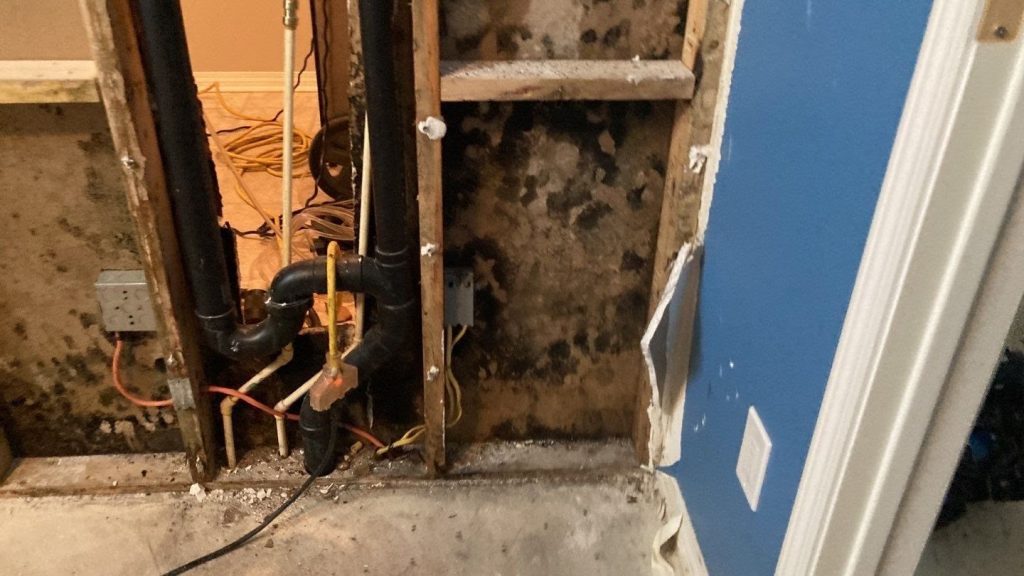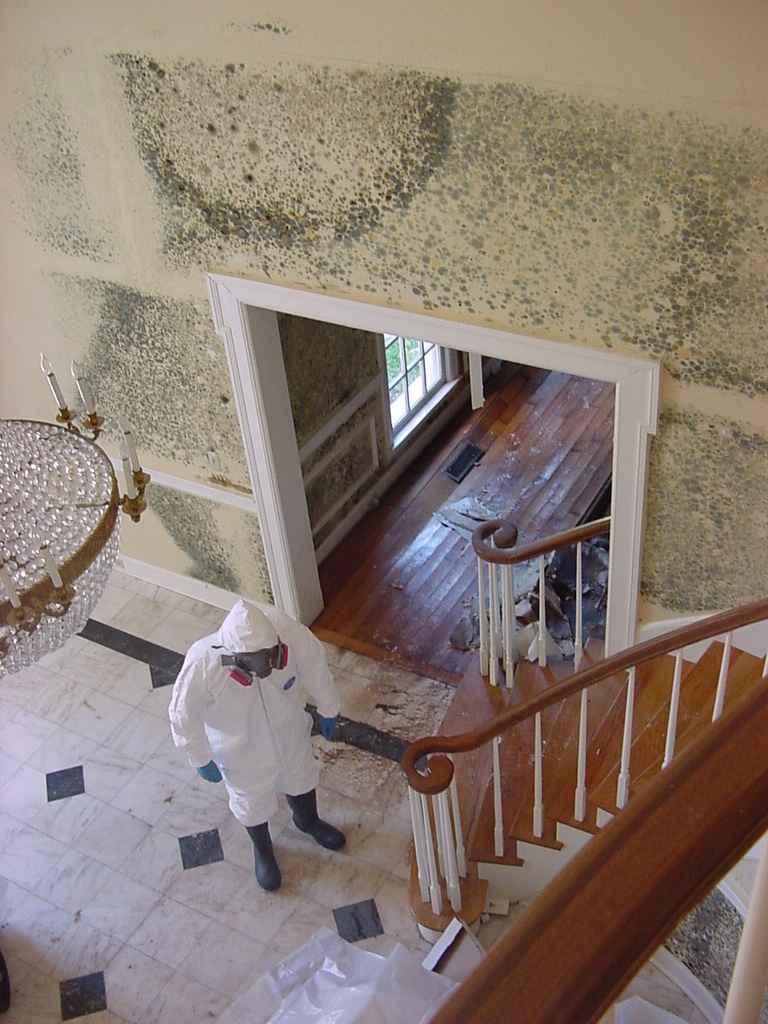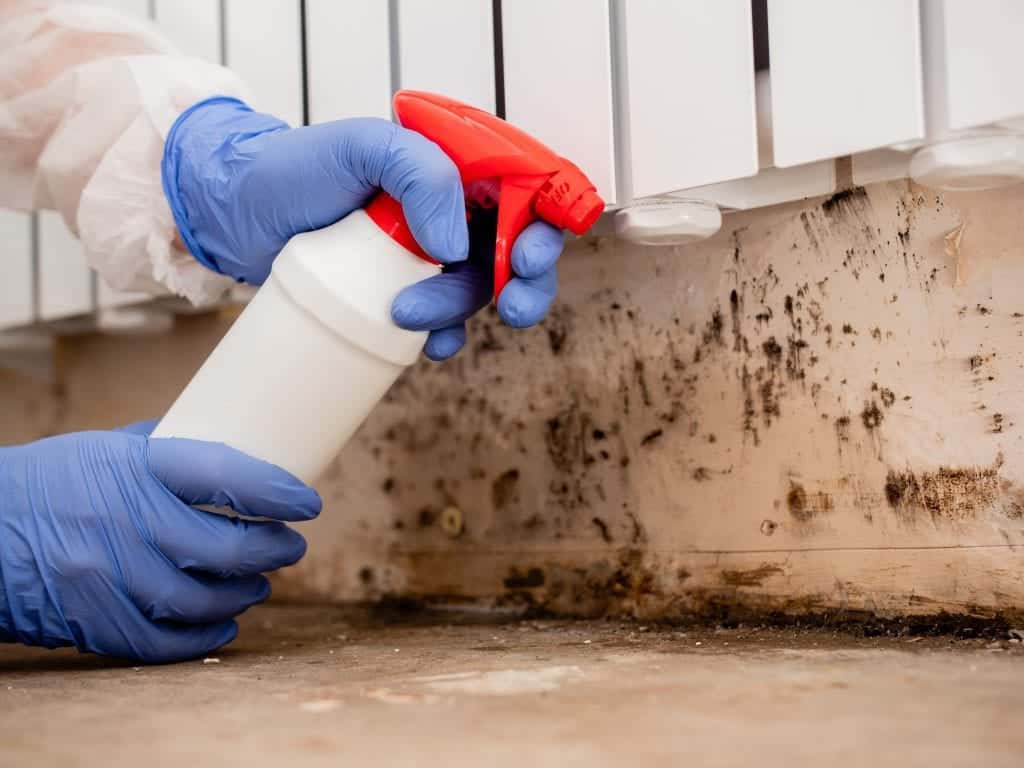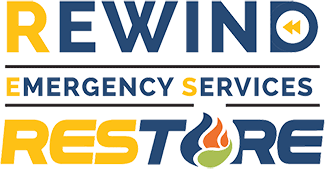Mold Remediation by Rewind Emergency Services

Mold can be extremely dangerous when inside the home. It is imperative to rid your house of it as soon as possible. If you need Mold Remediation services, Rewind Emergency Services is the company for you. Employing only the best mold restoration specialists, they will ensure that home becomes safe again. We are located in the Tustin and nearby areas. We are awaiting your call! Our phone number is 714-494-9940.
Understanding Mold Remediation
Mold remediation is the process of identifying, containing, and removing mold from indoor environments. It involves thorough cleaning and sanitization to prevent mold spores from spreading and reoccurring.
Common Causes of Mold Growth
Mold thrives in damp, humid environments and can grow rapidly under the right conditions. Common causes of mold growth include:
- Water leaks or intrusion
Water leaks or intrusion, whether from a broken pipe, a leaky roof, or faulty plumbing, provide the moisture that mold needs to grow. Even small leaks, if left unattended, can lead to significant mold infestations over time. Regular inspections and prompt repairs of any leaks are essential to prevent mold from taking hold in your home or business. - Poor ventilation
Poor ventilation can create pockets of stagnant air where moisture can accumulate, fostering an ideal environment for mold growth. Areas like bathrooms, kitchens, and basements are particularly susceptible if they lack proper ventilation. Ensuring good airflow through the use of exhaust fans, open windows, or mechanical ventilation systems can help keep these areas dry and mold-free. - High humidity levelsHigh humidity levels, especially in regions with naturally humid climates, can contribute to mold growth. When indoor humidity exceeds 60%, it creates an environment where mold can thrive. Using dehumidifiers, air conditioners, and hygrometers to monitor and control indoor humidity can significantly reduce the risk of mold development.
- Flooding or water damage
Flooding or significant water damage from storms, broken appliances, or sewer backups introduces large amounts of moisture into your property, creating prime conditions for mold growth. It’s crucial to act quickly in the aftermath of flooding or water damage to thoroughly dry and remediate affected areas. Professional water damage restoration services can ensure that all moisture is removed and mold prevention measures are implemented effectively

Signs of Mold Infestation
Signs of mold infestation may include:
- Visible mold growth on walls, ceilings, or surfaces
One of the most obvious signs of a mold infestation is the presence of visible mold growth. Mold can appear as black, green, white, or other colored spots or patches on walls, ceilings, floors, or other surfaces. It often grows in areas with high moisture levels, such as bathrooms, kitchens, basements, or around windows and pipes. Regularly inspecting these areas for any signs of mold can help you catch and address infestations early. - Musty or earthy odors
A persistent musty or earthy odor is another common indicator of mold infestation. Even if mold is not visible, it can still be present behind walls, under flooring, or in other hidden areas. This distinctive smell is caused by the release of microbial volatile organic compounds (MVOCs) as mold grows and reproduces. If you notice an unusual, musty odor in your home or business, it’s important to investigate further to determine the source and address any mold issues. - Allergic reactions or respiratory symptoms among occupants
Mold infestations can have a significant impact on indoor air quality, leading to health issues for occupants. Common symptoms of mold exposure include allergic reactions, such as sneezing, coughing, itchy or watery eyes, and skin irritation. Respiratory problems, such as asthma attacks, wheezing, and difficulty breathing, can also occur, particularly in individuals with pre-existing respiratory conditions. If occupants of your home or business are experiencing unexplained health issues, it may be a sign of a hidden mold infestation.
Health Risks Associated with Mold
Exposure to mold can cause a range of health issues, including:
- Allergic reactions
Mold exposure can trigger allergic reactions in sensitive individuals. Symptoms of mold allergies can include sneezing, runny or stuffy nose, itchy or watery eyes, and throat irritation. These reactions can range from mild to severe, depending on the level of exposure and the individual's sensitivity to mold spores. It is important to minimize exposure to mold to prevent these uncomfortable and potentially harmful allergic responses. - Respiratory problems
Inhaling mold spores can lead to a variety of respiratory problems. Individuals may experience coughing, wheezing, and shortness of breath. For those with existing respiratory conditions, such as chronic obstructive pulmonary disease (COPD) or bronchitis, exposure to mold can exacerbate symptoms and lead to more serious health complications. Ensuring good indoor air quality and addressing mold issues promptly can help protect respiratory health. - Asthma attacks
Mold is a known trigger for asthma attacks. People with asthma may experience increased frequency and severity of asthma symptoms when exposed to mold. This includes tightness in the chest, difficulty breathing, and increased need for asthma medication. Avoiding mold exposure and maintaining a clean, dry living environment are crucial for managing asthma and preventing attacks. - Skin irritation
Direct contact with mold can cause skin irritation or rashes. This can occur when handling moldy materials or coming into contact with mold-infested surfaces. Symptoms may include redness, itching, and a rash. Protective clothing and gloves should be worn when cleaning or removing mold to prevent skin irritation. - Sinus infections
Mold exposure can also lead to sinus infections or sinusitis. The inhalation of mold spores can cause inflammation and infection of the sinuses, leading to symptoms such as facial pain, nasal congestion, headache, and fever. Chronic exposure to mold can result in recurrent or persistent sinus infections, making it important to address mold issues to prevent ongoing health problems.

Importance of Professional Mold Remediation
Professional mold remediation is essential for effectively removing mold and preventing its reoccurrence. Trained technicians have the expertise and equipment to safely and thoroughly remediate mold-infested areas.
DIY vs. Professional Remediation Tustin, California
While DIY mold removal may seem tempting, it's often ineffective and can even exacerbate the problem. Professional remediation ensures that mold is removed safely and completely, minimizing health risks and property damage.
Steps in Professional Mold Remediation
Professional mold remediation typically involves the following steps:
- Inspection and assessment
The first step in professional mold remediation is a thorough inspection and assessment of the affected areas. Technicians use specialized tools to detect mold growth, measure moisture levels, and identify the extent of the infestation. This assessment helps determine the appropriate remediation strategy and ensures all mold sources are identified. - Containment of affected areas
To prevent the spread of mold spores to unaffected areas, the remediation team sets up containment barriers. This often involves using plastic sheeting and negative air pressure systems to isolate the contaminated zones. Proper containment is crucial to protect the rest of the property from cross-contamination during the mold removal process. - Mold removal and disposal
Once the area is contained, technicians proceed with the mold removal process. This includes physically removing mold-infested materials, such as drywall, insulation, and carpets. Specialized cleaning agents and techniques are used to eradicate mold from non-porous surfaces. All contaminated materials are then safely disposed of according to environmental regulations. - Cleaning and sanitization
After mold removal, the affected areas undergo a thorough cleaning and sanitization process. This includes using HEPA vacuums to remove any remaining mold spores and applying antimicrobial treatments to prevent future mold growth. Air filtration devices may also be used to improve indoor air quality by capturing airborne mold spores. - Restoration and repairs
The final step in professional mold remediation is restoring the property to its pre-mold condition. This may involve repairing or replacing damaged structures, repainting, and ensuring that the underlying moisture issues are resolved. Restoration efforts are tailored to ensure the property is safe, habitable, and free from mold.
Benefits of Hiring Rewind Emergency Services
Rewind Emergency Services offers several benefits, including:
- 24/7 emergency response
Rewind Emergency Services provides around-the-clock emergency response, ensuring that help is available whenever you need it. Mold issues can arise unexpectedly, and their prompt response helps to mitigate damage and begin remediation swiftly, regardless of the time of day or night. - Certified and experienced technicians
The team at Rewind Emergency Services consists of certified and experienced technicians who are experts in mold remediation. Their extensive training and industry certifications ensure they have the knowledge and skills to handle mold issues effectively and safely, providing peace of mind to their clients. - State-of-the-art equipment and techniques
Rewind Emergency Services utilizes state-of-the-art equipment and advanced techniques for mold remediation. Their use of cutting-edge technology ensures thorough and efficient removal of mold, while also improving the overall indoor air quality of your property. - Thorough and efficient mold remediation processTheir comprehensive mold remediation process addresses all aspects of mold infestation, from initial inspection to final restoration. Rewind Emergency Services ensures that no detail is overlooked, providing a meticulous and efficient remediation service that restores your property to a safe and healthy state.

Preventive Measures
To prevent mold growth, consider the following preventive measures:
- Address water leaks or moisture issues promptly
Promptly addressing any water leaks or moisture issues is crucial in preventing mold growth. Fix leaking pipes, roofs, or windows as soon as they are detected to prevent moisture from creating an environment conducive to mold. - Ensure proper ventilation in humid areas
Proper ventilation is essential in humid areas such as bathrooms, kitchens, and basements. Use exhaust fans, open windows, and ensure good airflow to reduce humidity levels and discourage mold growth. - Use dehumidifiers in damp spaces
In areas prone to dampness, such as basements or crawl spaces, using dehumidifiers can help control moisture levels. Keeping the humidity below 60% significantly reduces the likelihood of mold growth. - Regularly inspect and clean HVAC systems
Regular inspection and cleaning of HVAC systems can prevent mold spores from spreading throughout your home. Ensure that air ducts, filters, and vents are clean and free from mold, and schedule professional maintenance to keep the system running efficiently.
Choose Us
Mold remediation is a crucial step in maintaining a safe and healthy indoor environment. With professional assistance from Rewind Emergency Services, you can effectively remove mold and safeguard your property and well-being from its harmful effects.
FAQs
- Can mold remediation be covered by insurance? Yes, mold remediation may be covered by homeowners' insurance policies, depending on the cause of the mold growth and the terms of the policy. It's advisable to review your insurance coverage and consult with your provider for clarification.
- How long does mold remediation take? The duration of mold remediation depends on the extent of the mold infestation and the size of the affected area. Professional technicians work efficiently to minimize downtime and complete the remediation process as quickly as possible.
- Is it safe to stay in a property affected by mold? Occupying a property affected by mold can pose health risks, particularly for individuals with respiratory conditions or allergies. It's best to evacuate the premises until professional mold remediation is completed.
- Can mold remediation prevent mold from coming back? Professional mold remediation includes thorough cleaning and sanitization to remove mold spores and prevent their reoccurrence. However, addressing underlying moisture issues is crucial to preventing future mold growth.
- What are the long-term effects of mold exposure? Prolonged exposure to mold can lead to chronic health problems, including respiratory issues, allergies, and asthma. It's essential to address mold infestations promptly to minimize health risks.
